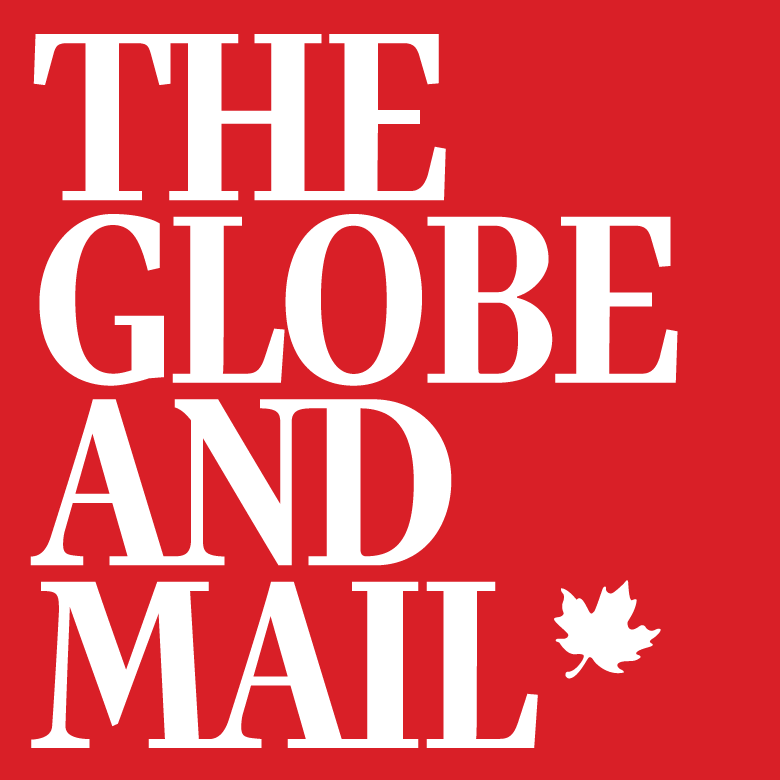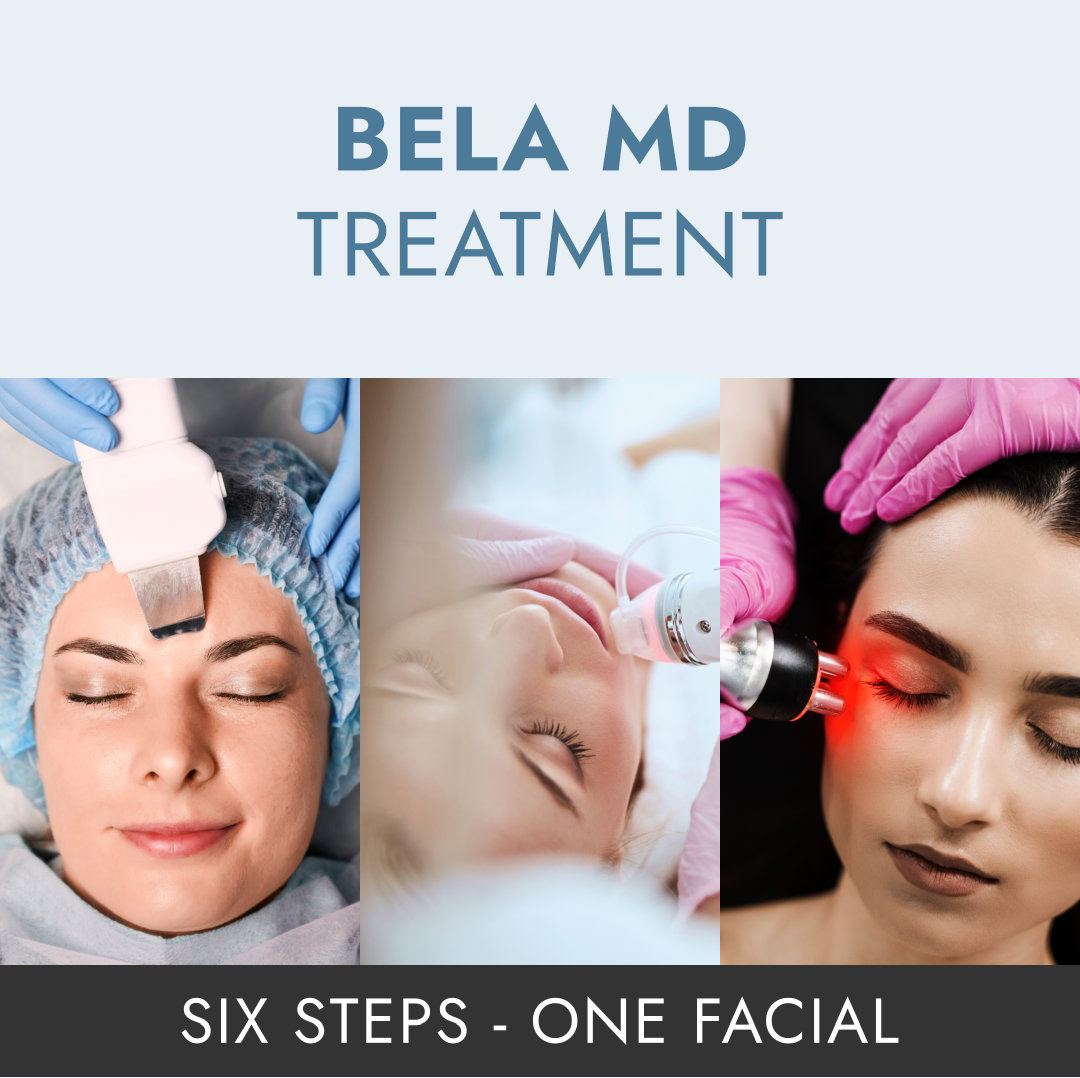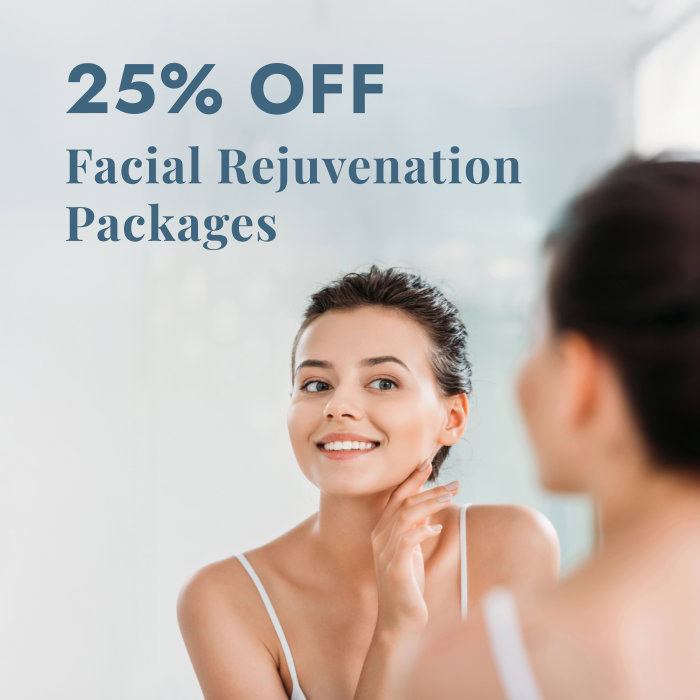The Surge in Surgery: Why Cosmetic Enhancements Are So Popular
Elevate Magazine, Guide to Cosmetic Surgery, 2004
TURN ON THE TV just about anytime these days and you’ll find a program on cosmetic procedures. Full-on reality shows such as Extreme Makeover, The Swan and Skin Deep all cater to our fascination with esthetic enhancement. Popular magazines like People and Us Weekly provide the latest gossip on who has been nipped, tucked and Botoxed. Even upscale publications like Vogue run regular features on what’s new and what’s hot, cosmetically speaking. And just try running a Google search for “cosmetic surgery.” You’ll come up with a mind-boggling number of web sites to choose from.
So what gives? Is all this attention just media hype, or are people really going to cosmetic surgeons in droves?
The latest statistic from the American Academy of Aesthetic Plastic Surgery (ASAPS) reveal that cosmetic enhancement is firmly entrenched in our culture. Last year ASAPS members performed 8.3 million surgical and non-surgical procedures – an increase of almost 300 per cent since 1997. “Cosmetic surgery is out of the closet because we recognize it’s not just the rich and famous anymore,” says Toronto-based surgeon Dr. Mitchell Brown. “People have the attitude that if they can change something they don’t like about their appearance, why not go ahead? Especially when it’s safe and achievable.” And we not only have more disposable income today, adds Brown, but it’s easier for us to get financing if we want it.
The fact that we live in a health-conscious society is another factor influencing the growth of esthetic enhancement. “The baby boomer generation is in full swing and there’s a strong interest in looking as good as you feel,” says cosmetic facial surgeon Dr. David Naiberg. “In addition to diet and exercise, cosmetic procedures are becoming part of the whole health-care mantra.” Naiberg also notes that improved technology and surgical techniques have made a big difference. “We have safer anesthetics, more effective lasers and less invasive procedures like endoscopic surgery. Patients know they will get a good result today.”
We also recognize that cosmetic enhancement ties into that natural human drive to improve ourselves in every area of life. Dr. Michael Bennett, who rind personal development seminars, in addition to focusing on cosmetic work, in his Victoria, B.C. practice, says: “We’re all happier and more confident about life when we know we’re fulfilling our own potential.” Not that carving a more appealing appearance is anything new. “Throughout history we’ve always been interested in improving the way we look,” observes Alberta physician Dr. Nicolas Morison. “The difference is today we’ve turned the art of cosmetics into a science. We know what works and what doesn’t, and we now consider it normal to make the most of yourself.”
We’re more aware than ever that making a good impression on others benefits us both socially and economically. “For example, psychological studies shoe we perceive people with good teeth to be more popular and intelligent,” says Bennett. “Rightly or wrongly, we tent to stick with that impression until it is proven otherwise.” Naiberg comments that male patients in his Toronto practice often cite career reasons for having procedures like eyelid surgery, a facelift or a rhinoplasty. “We all know the marketplace is very competitive today,” he says. “I’ve had patients tell me they’ve been passed over for promotion in favour of a younger co-worker. Having cosmetic surgery can take ten years off your appearance and really give you an edge.”
Our fast-paced, competitive society has also created a demand for non-surgical procedures that have little or no downtime, and ASAPS statistics reflect this trend: in 2003, they accounted for 78 per cent of the total number of procedures reported. It’s obvious that many of us who would not have considered surgery in the past are now more open to having esthetic enhancement simply because there are so many non-surgical procedures available.
At Morison’s Cosmetic Medical Clinic in St. Albert just outside Edmonton, patients who want to feel more confident in the workplace favour Botox, fillers and chemical peels. “Take Botox, for instance,” says Morison. “You don’t have to look fearful or angry in a business situation, when Botox can help you look relaxed and in control.” And instead of patients thinking about surgery at some point in the future, Morison has noticed that they are much more likely to take action right now. “Thermage, and the early detection and treatment of varicose veins, are just two examples of how we’re becoming more proactive when it comes to our appearance.”
There’s no doubt, too, that the media has played a major role in making esthetic enhancement more desirable, and Naiberg admits that beautiful stars have raised the bar for the rest of us. “At the same time, when we recognize that a celebrity looks better because of a cosmetic procedure, it makes the process more acceptable for the rest of us. We’re not as self-conscious about having something done,” he says. The inevitable changes in fashion we’re exposed to in the media affect our notion of beauty, and Brown notes that body surgery, in particular, is influenced by trends. “When showing your cleavage became popular a few years ago, there was a corresponding increase in breast augmentations. Now that here’s an emphasis on revealing clothing like thongs and low cut pants, patients are asking for liposuction on their lower abdomen, hips and buttocks.”
Brown for one, thinks all this media coverage is beneficial “For the most part, popular magazines and the Internet are a huge resource because they help to educate the public in a positive way,” he says. “When patients have done their research, they’re not only more likely to be more realistic about what they hope to achieve, but happier with the outcome. And this increase in patient satisfaction has made a direct contribution to the popularity of cosmetic procedures today.”














